"Hey, Shimat, take it!" In many Russian fairy tales, Daguan Xiangui would greet an invisible servant, and then use his bread, barbecue and kvass out of the air to entertain guests. But if these stories happen now, the work of "Shimat" is likely to add a new content: "Hey, Shimat, take a new arm and cure the injury I just suffered on the battlefield!" â€

This sci-fi move scene has now become a reality, thanks to advances in 3D printing technology. At present, 3D printing has been widely used in the medical industry. Doctors use 3D printing to make a model of a part of the human body to assist in surgery, or to provide guidance and assistance for certain treatment processes, and even implant 3D printing "human organs" directly into the human body. Wait, it has become a reality.

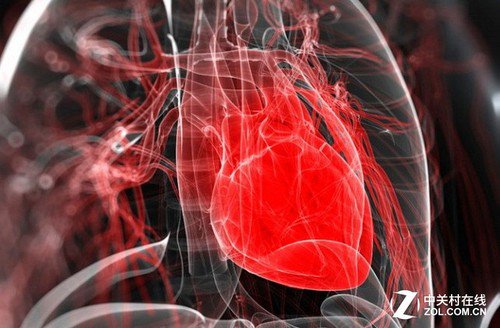
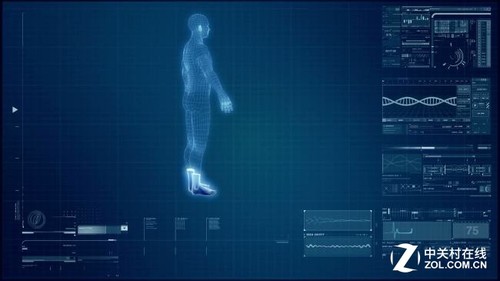
3D printing helps more doctors reduce the risk of surgery, relieve the pain of patients, break through the difficulties that traditional surgery can not overcome, seems to be the only life-saving straw on the operating table. Although the application of 3D printing in biomedicine is in its infancy, there have been many impressive results in just a few years of development.
Page 2: 3D printing human organ model takes only 1 hour
First, the MIT new system converts MRI into a 3D printing model in just one hour.
Recently, researchers at the Massachusetts Institute of Technology and doctors at Boston Children's Hospital have jointly developed a medical system that uses 3D printing technology to print heart model maps. This system can convert MRI scan data into a 3D printed medical model in a matter of hours.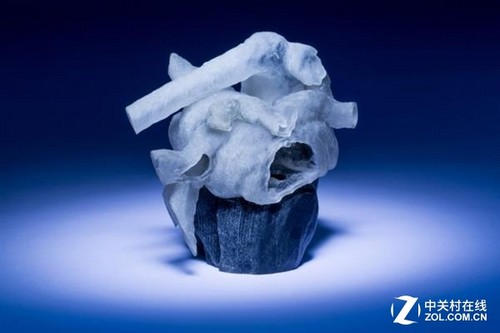
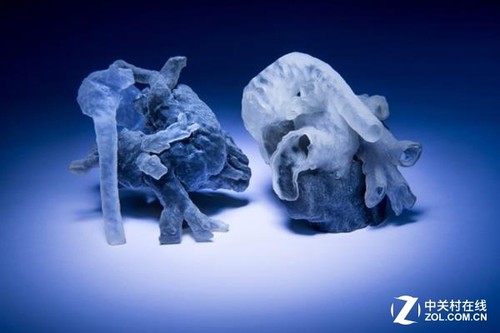

The system is based on MRI. It only needs to scan the eight cross-sectional contours of the heart. With a well-designed algorithm, the heart model can be printed in an hour, without having to spend nearly 10 hours and multiple scans as before. . 3D printing technology has been applied in many fields, making technology a big step forward.
Page 3: China's first 3D printed artificial hip joint approved
Second, China's first 3D printed artificial hip joint was approved by the state
Recently, China's first 3D printed human implant, artificial hip joint product, was approved by the State Food and Drug Administration. The product is also the first 3D printed artificial hip joint prosthesis registered in the world after clinical validation. The registered artificial hip joint products belong to the three types of orthopedic implants, which are the most supervised medical device products in China.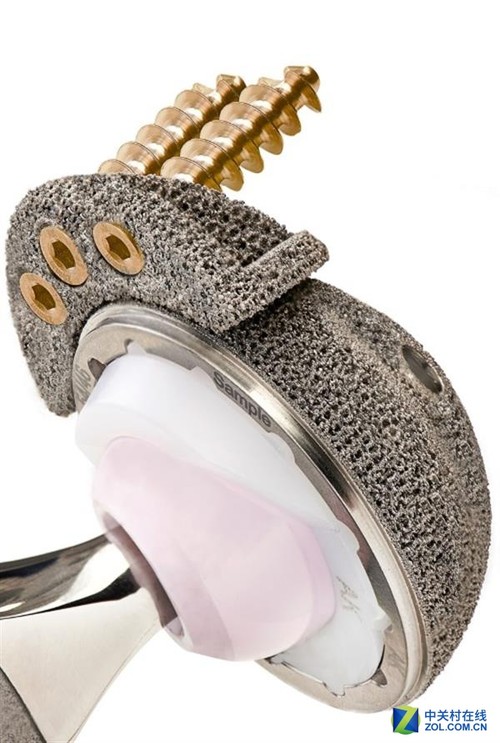
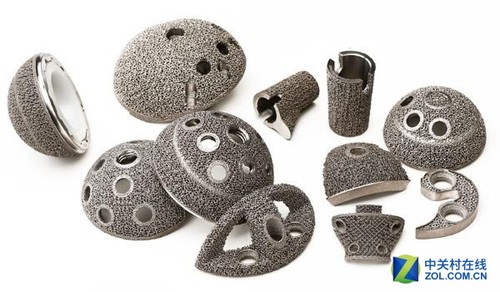
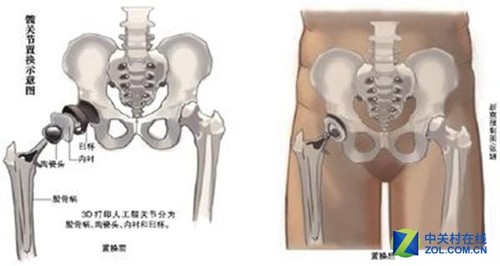
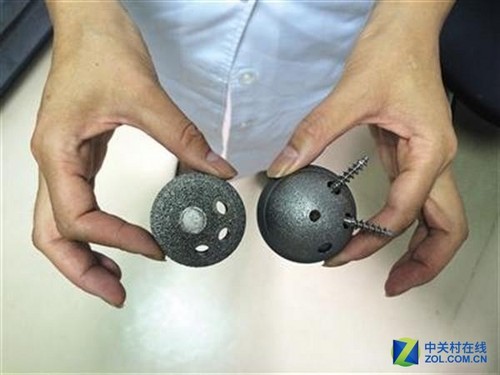
Liu Zhongjun, director of the Department of Orthopaedics, Peking University Third Hospital, who used the 3D printing technology to customize the pivotal treatment of atlantoscopic malignant tumors, said that the successful registration and registration means that 3D printed implants have been recognized as similar The product was approved to open a precedent. Similar products developed in the future are also expected to be accelerated. This product provides patients with an effective means of using advanced technology to treat the disease. After localization of the product, it will break the monopoly of foreign products on the high-end market, greatly reduce the price and save the patient a large amount of medical expenses.
Page 4: 3D printed titanium alloy chest ribs to save cancer patients
Third, 3D printing titanium alloy chest ribs to save cancer patients
Recently, a Spanish hospital successfully performed the first 3D printed titanium thoracic rib implant. The 54-year-old man was cured. He was diagnosed with chest wall sarcoma. The malignant tumor has a special growth position. The thoracic ribs are long together, and for better treatment, the surgical team at the University Hospital of Salamanca, Spain, used 3D printing technology.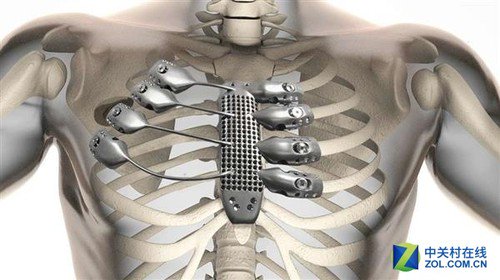
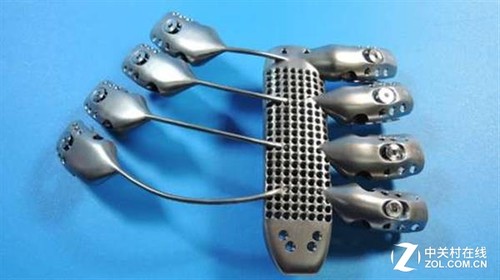
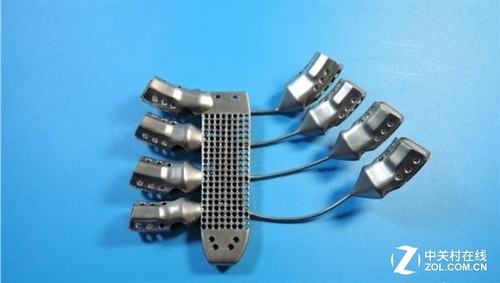
The team first scanned the patient's chest with high-resolution CT and then reconstructed a model that included the tumor so that the surgeon was ready to plan and minimize physical damage to the patient. The 3D digital model of the implant was then created using the scan data obtained from the patient, and then produced using the Arcam 3D printer in Lab 22, which was established in May this year by the Commonwealth Scientific and Industrial Research Organization (CSIRO). The final product. The patient is now discharged and in good health.
Page 5: Nanoscale microfabrication technology: 3D printed blood vessels
Fourth, a new breakthrough in nano-scale micro-manufacturing technology: 3D printed blood vessels
Recently, a new project supported by the European Union called ArtiVasc 3D has been developed. The goal of the project is to develop a new nano-scale micro-manufacturing technology for the manufacture of artificial tissues containing blood vessels. Once the project is successful, It is possible to combine with metabolically organized tissues to create a practical system that can create alternative tissues for human use.
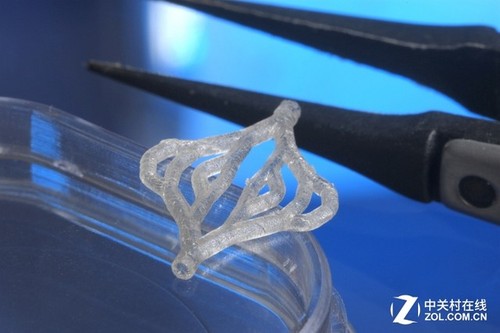

The researchers also said that they have developed a set of tools that can be flexibly adapted to different materials, shapes, and sizes. In addition, they have used a combination of existing skin models to successfully grow adipose tissue up to 12 mm thick in a new bioreactor.
Page 6: 3D printing leads to the world's first child hand transplant
Five, 3D printing promoted the world's first child's hands transplant surgery
Zion, an 8-year-old American boy, suffered a life-and-death accident when he was two or three years old. His bacterial infection caused many organs to fail and threatened his life. As a two- or three-year-old child, Zion lost his hands and knees and lost kidney function, having to transplant a kidney from his mother Pattie Ray. But this also means that Zion will be accompanied by anti-rejection drugs for the rest of his life.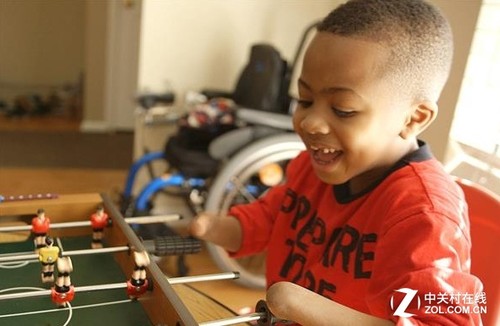
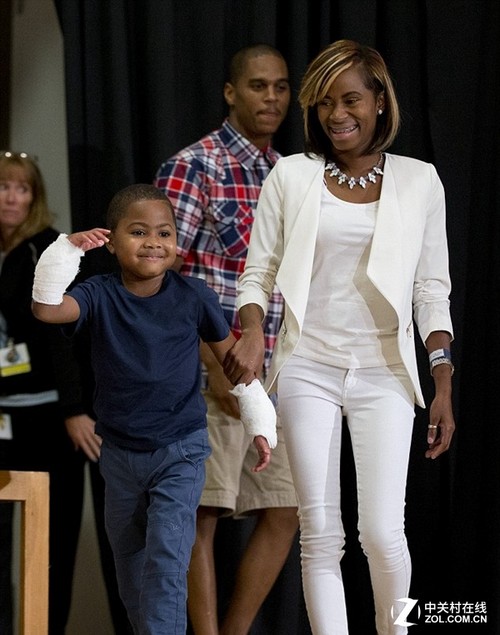
Fortunately, doctors from the Pennine Medical School performed a two-hand transplant. To ensure that the transplant was successful, the medical team performed a detailed CT scan of his forearm. Dr. Levin and his team made 3D printed samples based on the data they scanned. The internal structure of the 3D printed sample is exactly the same as Zion's arm data. This accurate measurement of the 3D printed model allows the doctor to determine that the donor's limb can be successfully transplanted.
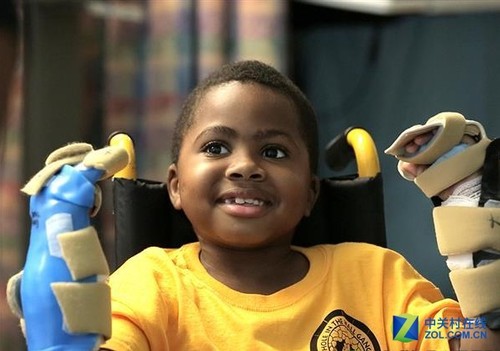
Currently, Zion is undergoing routine professional treatment to restore hand function and continue to detect any signs of possible rejection. This is the world's first child's two-hand transplant surgery and has achieved great success.
Page 7: 12-year-old boy implanted 3D printed spine as the world's first
Six, 12-year-old boy implanted 3D printed spine as the world's first case
In August 2014, the research team of Peking University successfully implanted a 3D printed spine on the 12-year-old boy Ming Hao, which is the first in the world. It is understood that the boy's spine grew a malignant tumor after a football injury. In order to prevent the spread of cancer cells, doctors have to choose to remove the spine where the tumor is located. But the surgery is more special, the doctor did not use the traditional spine transplant surgery, but tried advanced 3D printing technology.
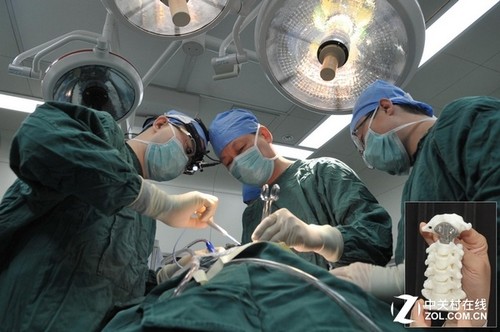
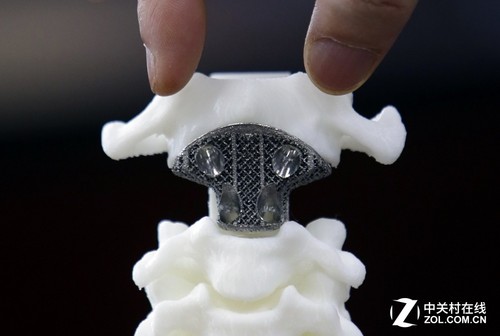
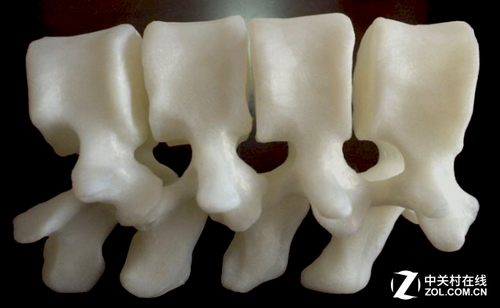
Since the implanted 3D spine fits well with the surrounding bones, it does not require too much anchoring. In addition, the researchers have set up micropores on it, which can help bones grow between alloys. In other words, the implanted 3D printed spine will grow firmly with the original spine, which means that the future will not There will be loose conditions.
Page 8: The world's first 3D print funnel chest orthopedic surgery
VII. China completed the world's first 3D print funnel chest orthopedic surgery
Recently, the Thoracic Surgery Department of Tangdu Hospital of the Fourth Military Medical University successfully completed a sternohysterectomy using a 3D printed titanium alloy plate. It achieved a major breakthrough in the history of funnel chest orthopedic surgery, and is the first in the world. .
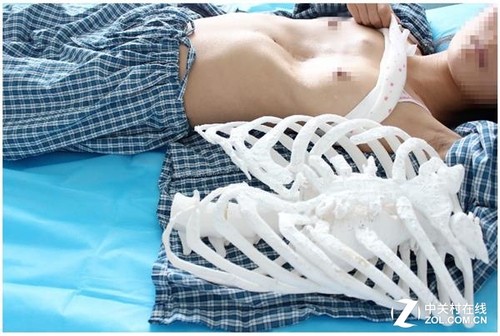
The patient is an 18-year-old girl from Shanxi, Xia Ling, who just finished the college entrance examination this year. And with excellent results, he was admitted to the clinical medicine major of key medical universities. However, unfortunately, she was suffering from severe thoracic deformity at a young age, including a severe chest of the chest wall, a S-bend of the posterior spine, a concave left chest, and a convex thoracic right chest.

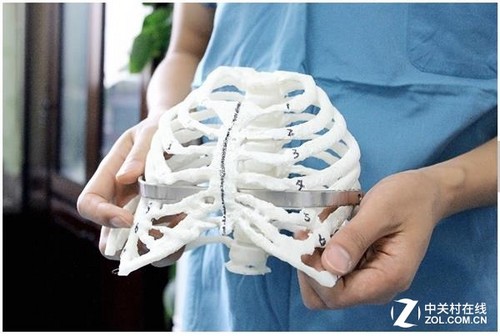
After some rigorous preparatory work, the thoracic surgeons of the hospital jointly performed funnel chest orthopedic surgery for Xia Ling. The operation lasted for 6 hours, and the deformed sternum was raised nearly 5cm. The patient and family members had very good orthopedic effect. satisfaction. The steel plate fits perfectly into the patient's thorax and can be freely stretched according to the patient's thorax size. It not only achieves personal customization, but also overcomes the limitation of the traditional steel plate on the thorax, and adds a telescopic adjustable structure to the steel plate.
Page 9: British men cut left face 3D print remodeling face
Eight, British men remodeled the face due to tumor removal left face 3D printing
In 2013, the British "Daily Mail" reported that the 60-year-old Eric Moj of the United Kingdom was extremely inconvenient to eat and drink because of the malignant tumor. Recently, doctors have reshaped the face for him, and the process of remodeling is mainly done using 3D printing technology.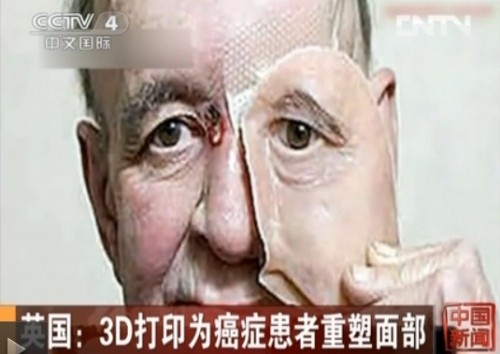
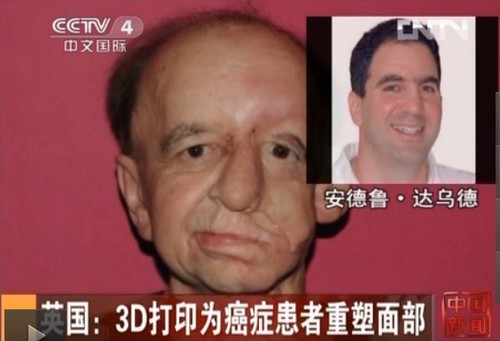
Four years ago, Eric Moger was diagnosed with cancer, and a tennis-sized malignant tumor grew on the left cheek. But as the tumor was successfully removed, Eric not only lost the left eye, but also the left humerus and most of the mandible, and the entire left face left a large hole that could only be fed by the feeding tube.
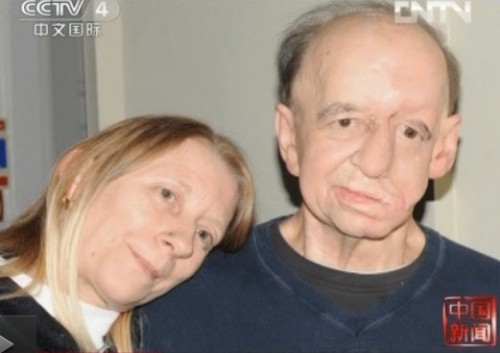
Later, Eric was introduced to Andrew Daoud, a dentist and transplant specialist with a physician qualification at the Royal Hospital in London. Dr. Daoud used ESD to help Eric reshape his left face. Now Eric looks no different from a normal person, and can drink water regularly and speak more clearly.
Page 10: When can 3D printing "print the whole body"?
9. When does 3D printing make human organs print the whole body?
There are still many similar cases. I will not list them one by one. After reading the above cases, I believe that we have a general impression of the application of 3D printing in the medical field. So some people asked, since 3D printing is so amazing, can make human organs, does it mean that 3D printing can print organs of various parts of the body?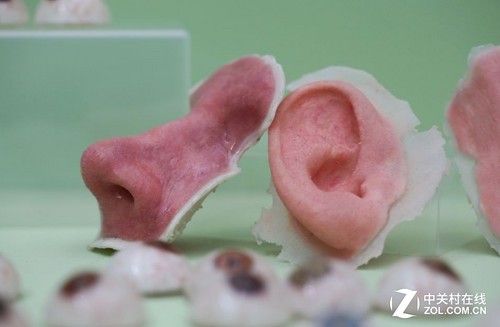
The application of 3D printing in the medical field is a process from far to near. The farther away from the human body, such as prosthetic limbs and bone joints, has become more popular. Conversely, the closer the application to the human body, such as tissue repair and internal organ transplantation, the optimistic estimate takes 5 to 10 years to achieve a breakthrough.
To put it simply, the application of 3D printing in the medical field, on the one hand, scans the patient's lesions and scans the 2D image into a 3D model using a 3D printer, allowing patients and doctors to visually observe and communicate, and respond to the model according to the model. The actual situation is tailored to the surgical plan to ensure the accuracy of surgery. On the other hand, through the 3D model, the living cells are printed with special "ink", and the living tissue and biomimetic organs are cultured in vitro and implanted into the human body.
At present, the supply-demand ratio of the human organ market in China is 1:100. In the case of kidney transplantation alone, the number of patients transplanted each year is 3,000, and the demand is as high as 300,000. Most patients can only get worse or even die while waiting for the ligand. These chilling data can't help but make people have high hopes for 3D printing.
In the Hollywood classic movie "Reborn Man", there is such a story: in the future, people don't have to worry about being killed by organ diseases, and they don't have to wait for the donors who are in the foreseeable future. You can get a function and appearance by paying a fee. The artificial organs that have been taken into consideration return to normal life.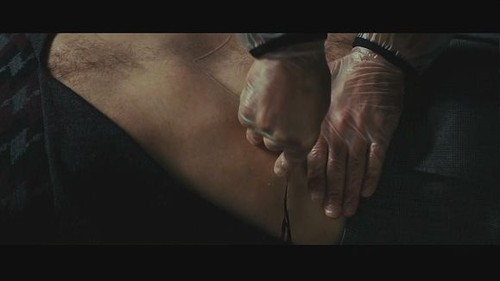
As described in the movie, we really hope that 3D printing can play its due value in the medical field to save more lives, but the technology is still in its infancy, how to make the 3D printing medical field really work, Further technical breakthroughs are needed in many areas, such as printed materials and accurate organ data.
(Editor)
Pump Water,Aquarium Water Pump,Submersible Water Pump,Electric Water Pump
HENGYUE INDUSTRIAL CO.,LTD , https://www.hetoaquarium.com
